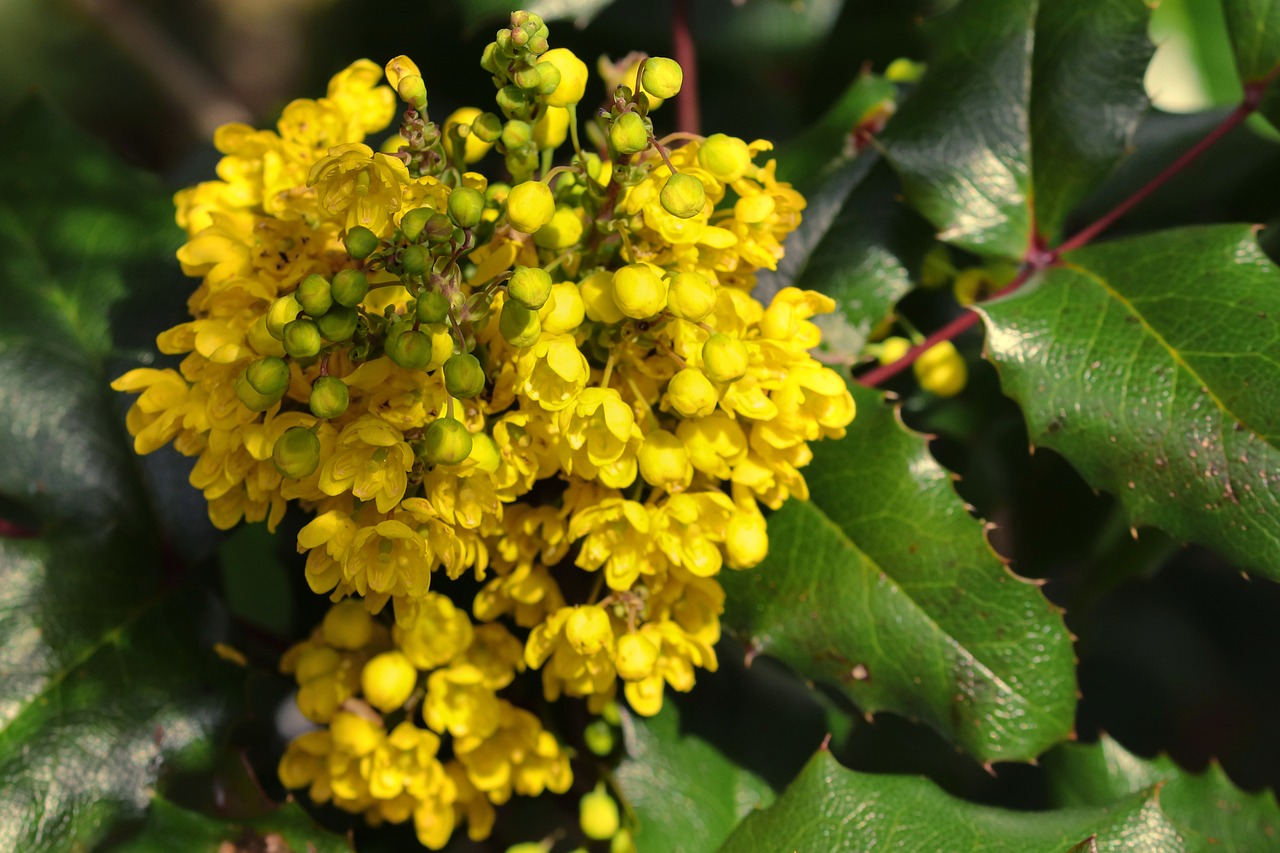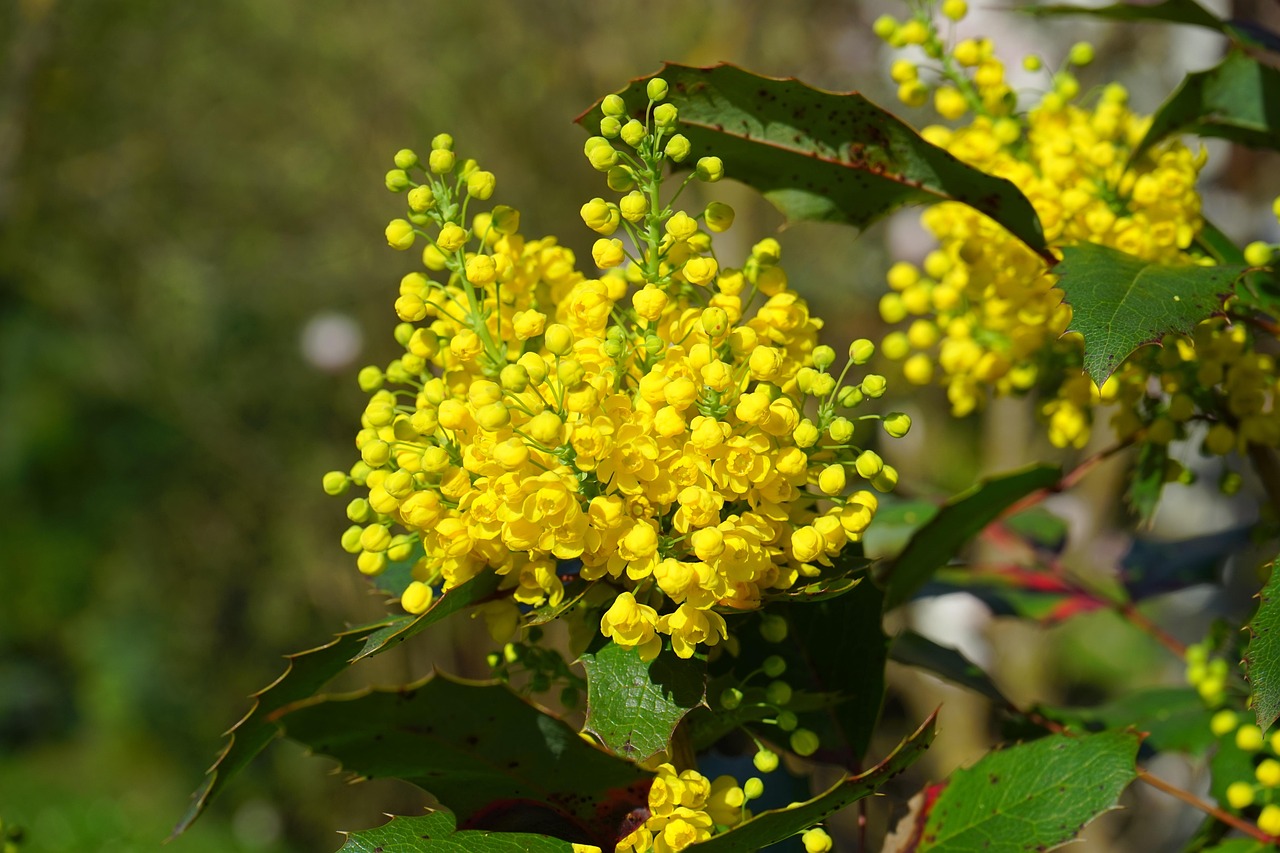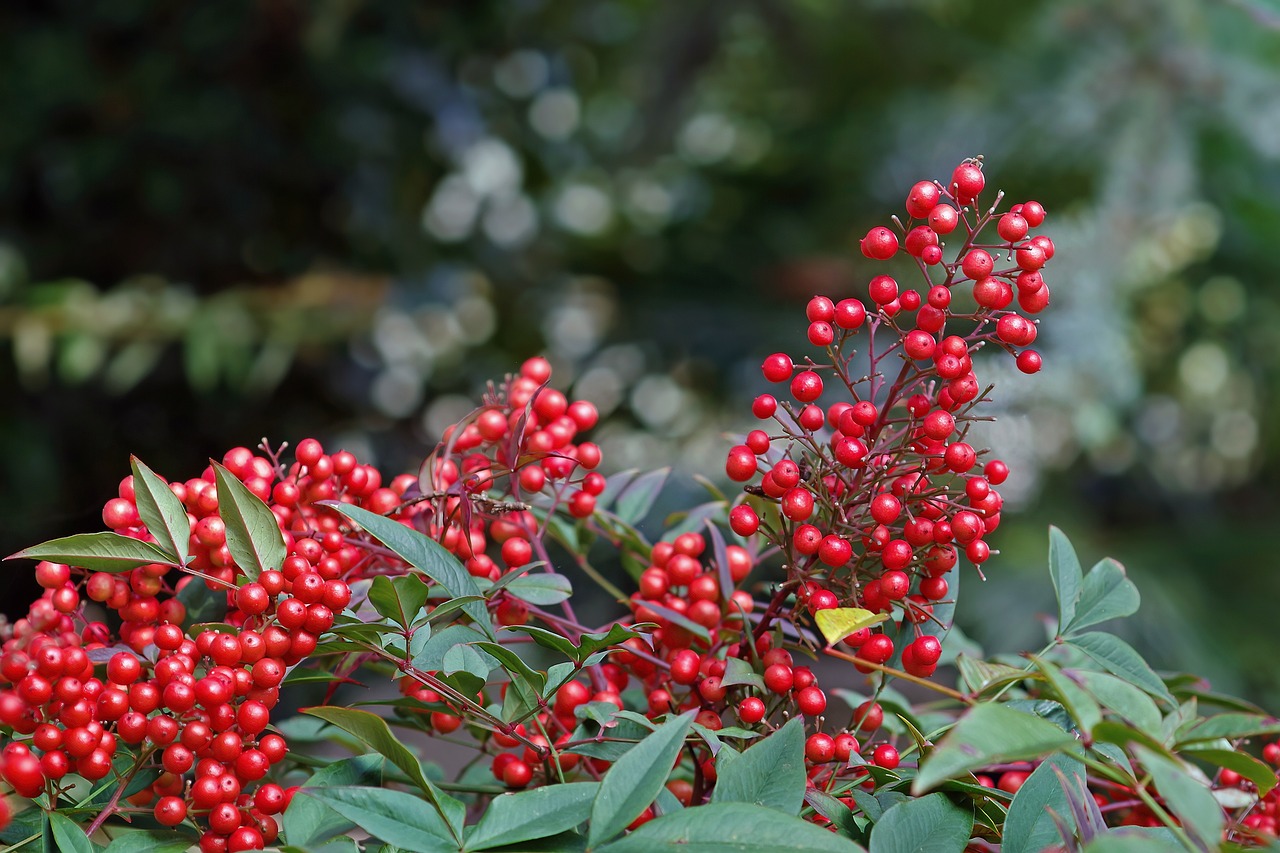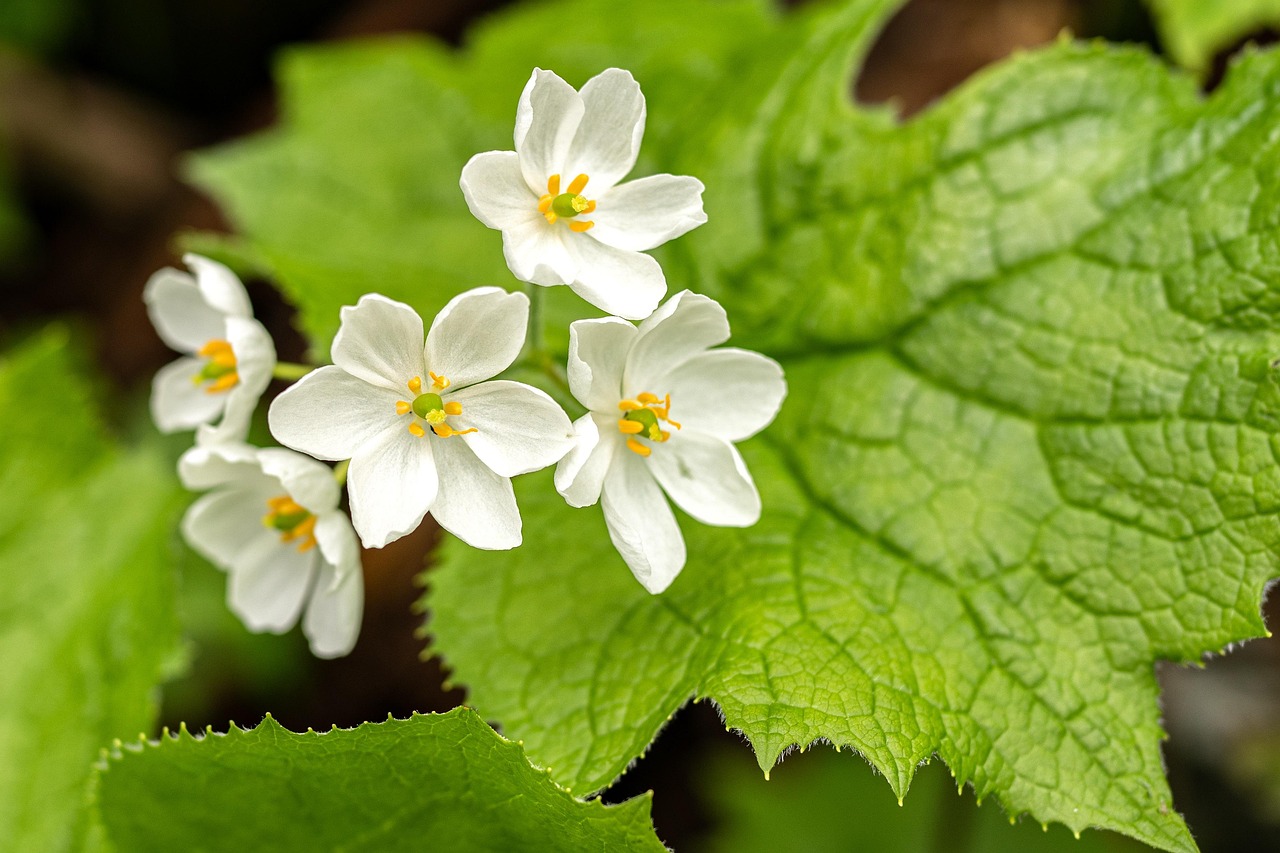Julian Barberry | A Hedge Plant Rooted in European Gardens

I introduce the Julian barberry, an evergreen shrub native to central and southern China, notable for its thorny branches and foliage, as well as its clusters of small yellow flowers that bloom in spring.
Having grown naturally in mountainous regions since ancient times, this species was introduced to the West in the 20th century, where it gained recognition as a valuable garden plant.
Thanks to its dual qualities of security and ornamental beauty, it has also been adopted in urban areas, and today it enjoys stable popularity in garden design around the world.
In this article, I explain in detail the plant’s charm, its cultural and historical background, and key points for cultivation and management.
Basic Information
- Scientific name: Berberis julianae
- Family: Berberidaceae
- Origin: China (Hunan, Hubei, Sichuan, etc.)
- Form & Appearance: An evergreen shrub growing up to 2–3 meters. The leaves are narrow, leathery, and glossy, with serrated edges. The branches bear many sharp thorns, providing natural protection. In spring, clusters of small yellow flowers appear, followed by bluish-purple fruits in autumn and winter, adding ornamental value.
- Flowering period: April–May
- Fruiting period: Autumn (around October)
Cultural Characteristics Worldwide
The Julian barberry has developed unique roles across countries, valued both for ornamental purposes and practical uses.
In Europe, since the 19th century, it has been prized as a security hedge in urban planning, frequently planted around residential areas and public facilities.
In the United Kingdom, it has been introduced into formal gardens and parks as an example of a “structural hedge,” serving as an element that adds visual rhythm throughout the seasons.
In France and Germany, the fruit’s color and the texture of the leaves are highly appreciated, and the plant is often used in roadside plantings and square borders as part of urban greening.
In Nordic countries, which favor naturalistic plantings, it is also used as a barrier against animal intrusion, incorporated into garden designs that emphasize coexistence between people and nature.
Historical Episodes
The introduction of Julian barberry into European horticulture is closely linked to the wave of plant exploration in the early 20th century.
Between the 1910s and 1930s, British plant collectors such as Ernest Wilson and George Forrest introduced it to Europe after expeditions to southern China.
Commissioned by European aristocracy and botanical gardens, they collected thousands of species from uncharted lands for classification and cultivation.
Julian barberry, with its hardiness, evergreen nature, and ornamental flowers and fruits, was highly valued by institutions such as the Royal Horticultural Society (RHS).
Since then, it has been recognized as one of the representative species of the genus Berberis, both in horticultural and academic contexts.
Gardening Advice
Julian barberry is relatively easy to manage and suitable for shaping, making it an excellent garden shrub. Here are some tips for successful cultivation:
Sunlight
Prefers full sun but also flowers and fruits moderately in partial shade. Adequate light enhances leaf gloss and fruit color.
Watering
Once established, it is drought-tolerant, though moderate watering in summer helps prevent excessive dryness. Avoid overwatering.
Soil
Well-drained, aerated soil is ideal. Mixing compost or bark humus improves root development.
Fertilizer
Apply slow-release granular fertilizer in early spring before budding. Avoid over-fertilization, which may cause excessive shoot growth.
Pruning
As branches grow densely, prune after flowering to improve air circulation. For hedges, trimming twice a year maintains shape.
Winter care
Hardy to about –15°C. When grown in pots, protect them from cold winds and frost during winter.
Conclusion
The Julian barberry, an evergreen shrub native to the Chinese mountains, has become firmly established in Western horticulture as a hedge plant valued for both security and ornamentation.
Since its introduction by plant collectors in the early 20th century, it has been widely adopted in public facilities, urban landscapes, and private gardens.
With its spring blossoms, autumn fruits, and evergreen foliage, it offers year-round appeal. By following basic care practices, it proves to be a versatile and reliable addition to any garden.



